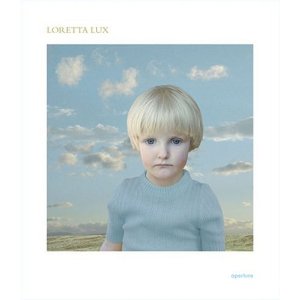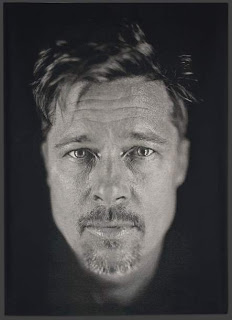I was listening to Jeff Curto's Spring 11 Class 4 podcast on portraits called 'Light and Likeness' in which he considers What makes a good portrait? Are they the same today as they were back in the mid 19th century? It certainly gave me some food for thought and provided some fine examples of portrait photography for me to consider. This blog entry is just some brief notes and links to the photographers.
Only the rich could have their portrait painted so when a relatively cheaper alternative became available, the photographic portrait became popular. Daguerrotypes were one of a kind so it was only natural to do portraits because the sitter would, not only have an image that would 'deny time' but they had something to show others. With advances in lenses and lights, exposure times were reduced, but the process was still a joint effort between photographer and subject.
A stunning example of the quality daguerrotypists, Southward and Hawes:
There was also post-mortem portraits done.
With the invention of the calotype, a Scottish duo, Hill and Adamson began to take more outdoor portraits.
Does era make a difference to portrait photography? Some examples to consider.
Julia Margaret Cameron (active 1864-75) was a wealthy woman who did her photography for herself so could be creative and do her own thing.
Paul Strand (1920s-'50s) did realistic, straight on shots and well posed groups.
Yousuf Karsh had well oiled posed shots.
Arnold Newman (1950s-80s) typically shot the subject in their environment and isolated them within it.
Irving Penn (1950s-90s) took people out of their environment. (I knew immediately knew who this portrait was of - do you?)
Richard Avedon (1950s-04) used a neutral background and people out of their environment.
A previous blog entry spoke about Robert Mapplethorpe, Cindy Sherman and Annie Leibovitz and their contribution to portrait photography, so I won't repeat myself here but move on to Alec Soth (2000- present)
Suzanne Opton (1990s - present) photographed soldiers in an original and thought provoking way and made very large prints for viewing in galleries.
Lorettea Lux (1990s-present) took, what I consider slightly scary and surreal pictures of children,
And coming right back to where we began, a photographer who, amongst other things, takes daguerrotypes, Chuck Close (1960s-present.)
So what has changed regarding portrait photography? Well, certainly the technology has but as we can see in sites like Flickr, many are going back to old technology in a desperate search for originality? Or they may genuinely prefer the look and quality. There are more shots of people in their environment but also more elaborate staged and set up shots. The approach to the function of a portrait has altered as it has become so cheap and accessible to perform. Are they more disposable too, making them less valued? Has photoshop clouded the 'deny time' aim of portraiture too. Paparazzi and the cult of the celebrity has flooded our appetite for that.
One thing is for sure we all still love looking at portraits don't we?












1 comment:
I suspect what may have changed is the why rather than the what.
Post a Comment